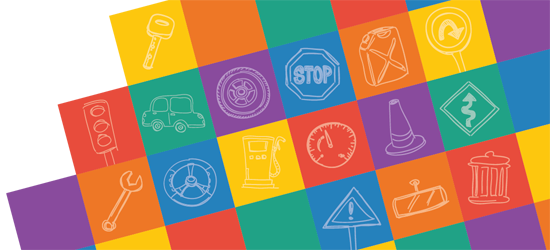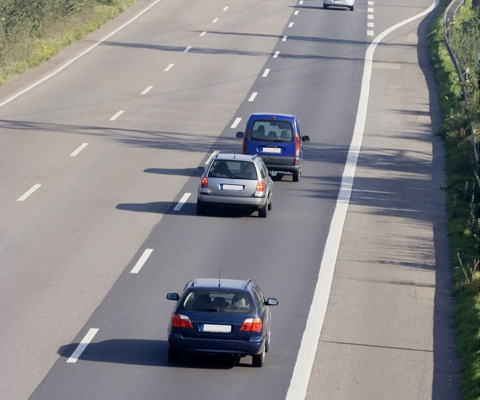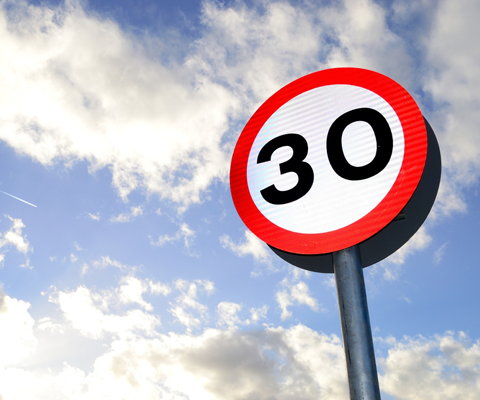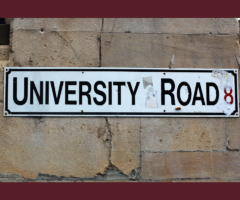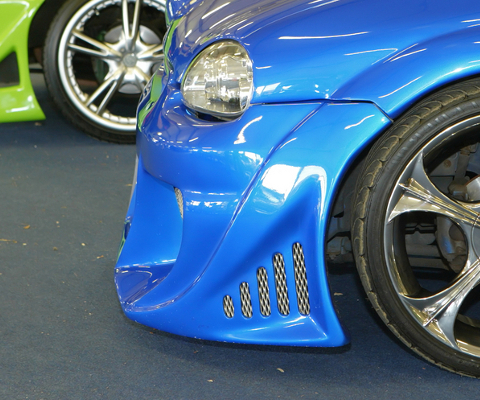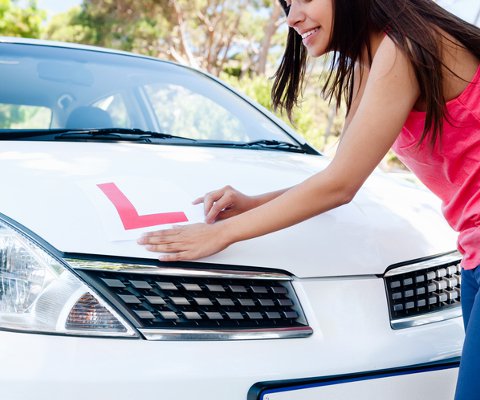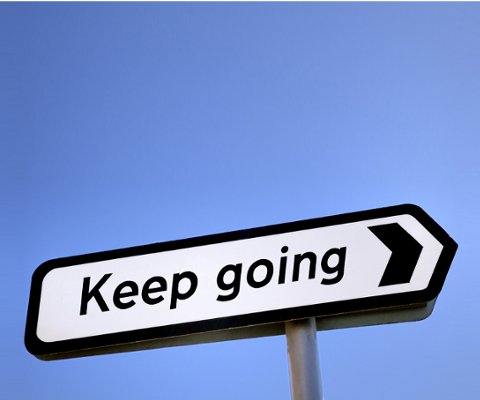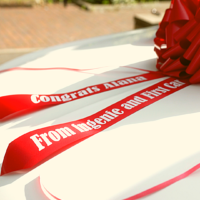
Driving tips and other life stuff
How to tell what the speed limit is
*updated December 2021
We've all done it - suddenly realised you're merrily cruising along at 40mph when you have literally no idea what the speed limit is.
But guess what? It's not acceptable. Sorry - was that a little harsh?!
Anyway, do yourself a favour and learn how to recognise the speed limit.
20mph
- 20mph limits are usually found in town centres, high streets, residential roads and near schools.
- You'll normally see regular speed limit signs on 20mph roads.
- A speed limit this low is low for a reason. Don't push it.
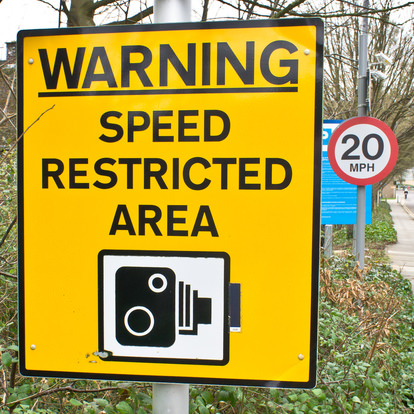
30mph
- You'll see these in 'built-up' areas (urban roads and villages).
- A good general rule is that if there are street lights, it's 30 unless you see a sign saying otherwise.
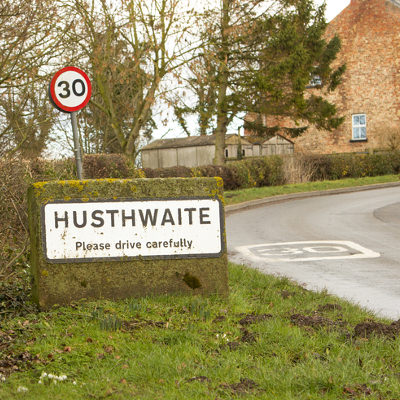
40 and 50mph
- 40 and 50 limits are usually on roads that aren't built-up but aren't appropriate for national speed limit either.
- That could mean they have hidden bends, frequent junctions or roundabouts.
- You'll see regular speed limit signs in 40 and 50mph areas.
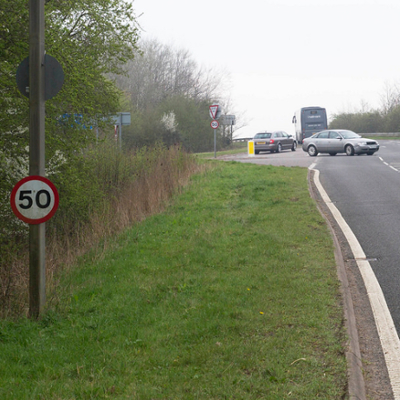
60mph - national speed limit
- 60mph is the national speed limit for single carriageways.
- If there's no central reservation (grass or concrete between the lanes) then you're on a single carriageway.
- That tells you the national speed limit sign means 60mph here.
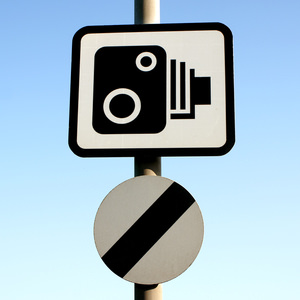
70mph - national speed limit
- 70mph is the national speed limit for dual carriageways (the ones with the central reservations).
- So, if you see national speed limit here it means 70mph.
- 70mph is also the national speed limit for cars on motorways, where you might see the sign overhead.
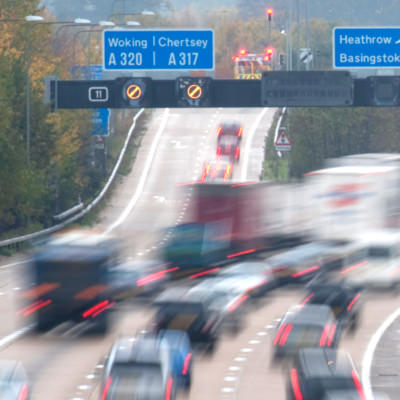
If you can't see any speed limit signs:
If you’re in an area where there are no speed limit signs or street lamps, play it safe: stay at 30 until you see a sign.


